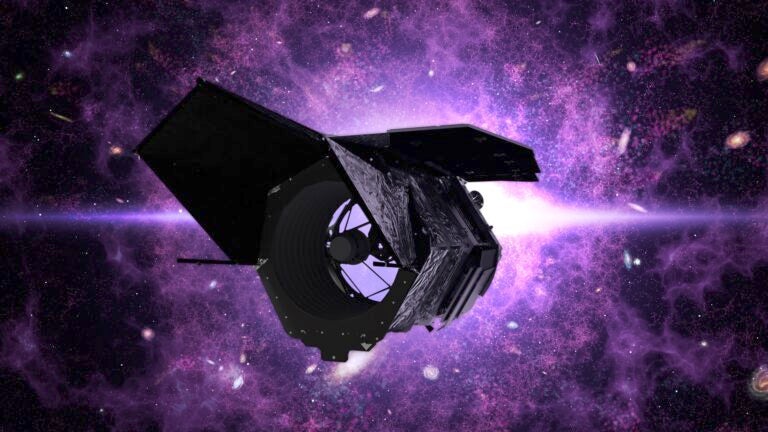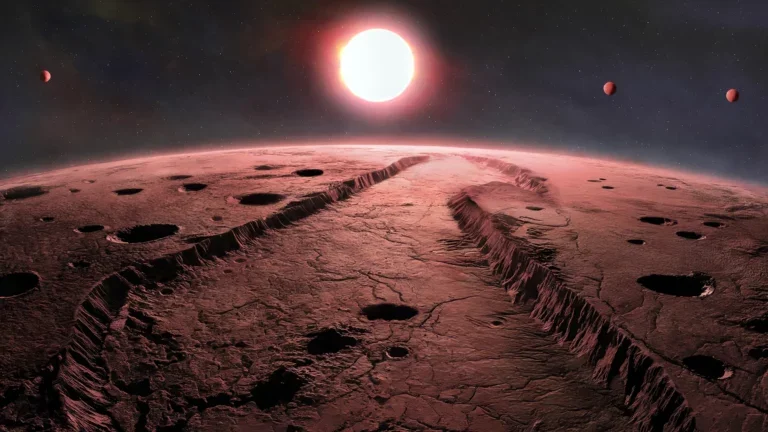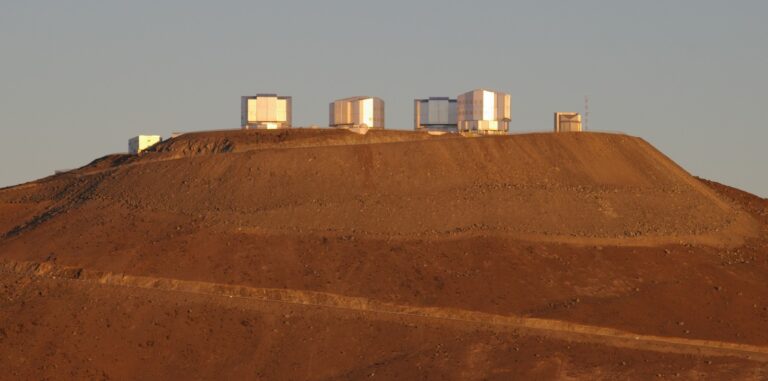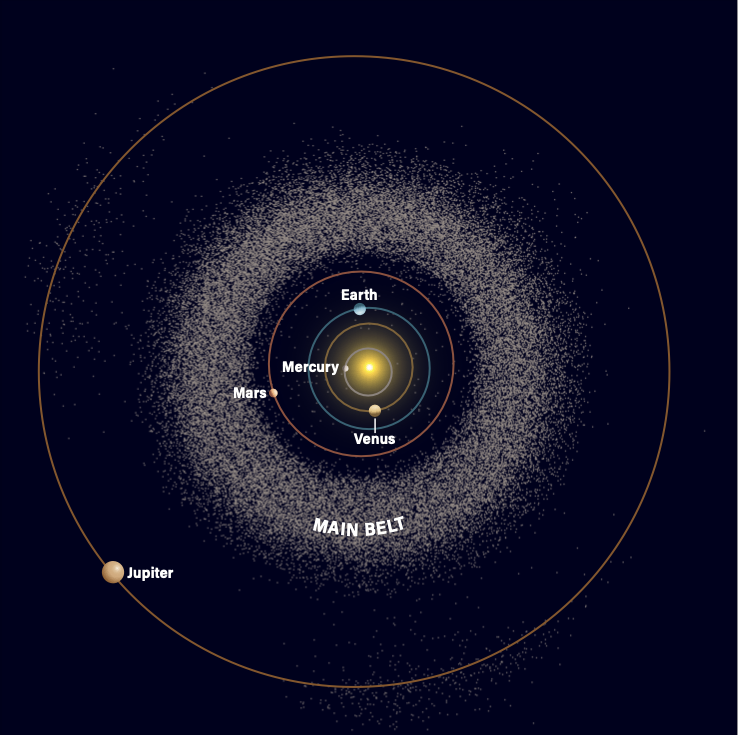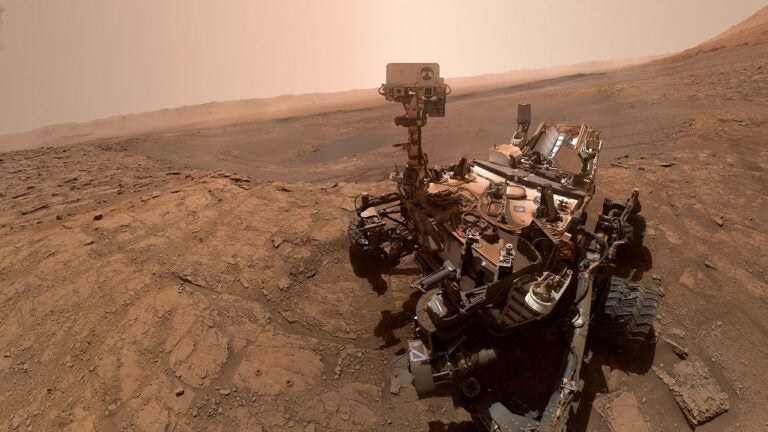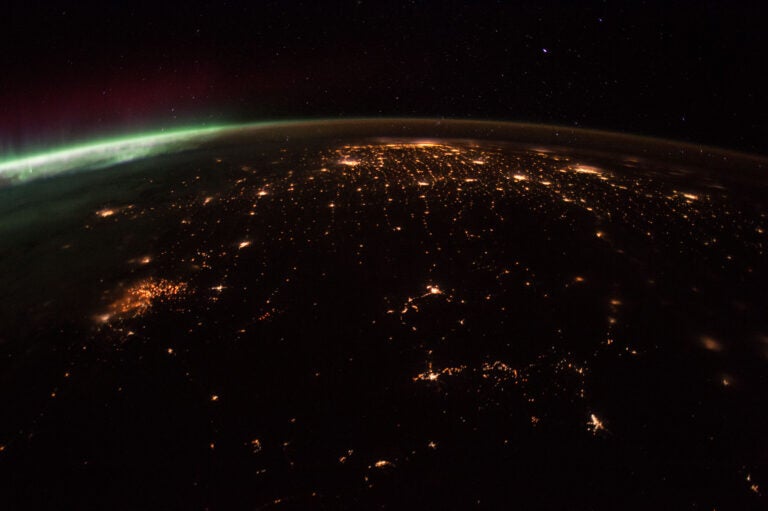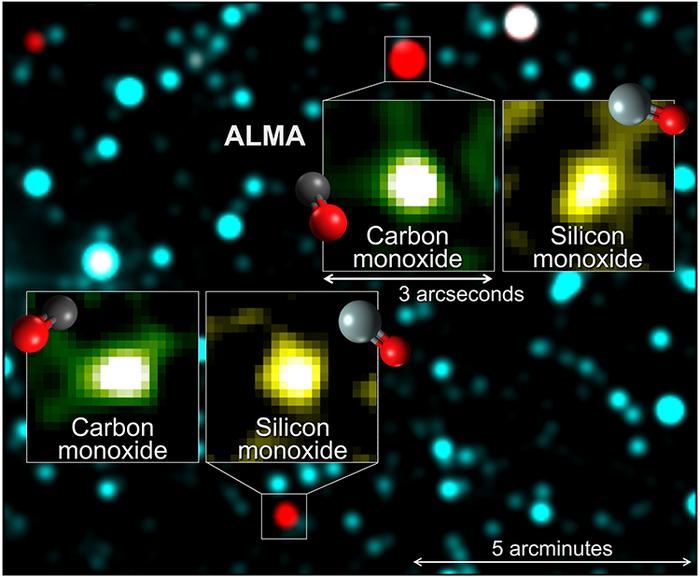
In the century or so since Edwin Hubble discovered that the Milky Way is just one of countless galaxies in the universe, our understanding of our home galaxy has grown in leaps and bounds. But as recent research into a new type of cosmic object shows, there’s still plenty left to learn.
Astronomers found two strange, dense, icy objects by chance in 2021 during a survey of our galaxy’s disk by Japan’s AKARI satellite. A closer look showed that they are made of interstellar ice (containing both water ice and organic molecules) and dust. But a follow-up study recently published in The Astrophysical Journal found that these dirty snowballs don’t fall into any known category. It’s unclear what exactly they are and how they could have formed.
“They may represent a new class of interstellar objects that provide an environment conducive to the formation of ices and organic molecules,” Takashi Shimonishi, an astronomer at Niigata University, Japan, who led the study, said in a press release.
Organic molecules are the building blocks of life. Until now, scientists thought they primarily formed in dense molecular clouds (where stars are born) or around young stars, in protoplanetary disks. But the new objects don’t seem to fit either of those explanations. Finding organic molecules in an unexpected location challenges our understanding of how and where complex chemistry can arise.
Identity: Unknown
Icy interstellar objects are usually surrounded by a haze of dust. But when Shimonishi and his team observed these targets using the Atacama Large Millimeter/submillimeter Array (ALMA) in Chile, they didn’t see that expected glow.
The objects’ radio emission instead showed the presence of more silicon monoxide than expected for molecular gas. That hints at dramatic unseen processes, because silicon monoxide is usually locked up in dust grains. For so much of it to be visible, the team thinks a powerful energy source may be influencing the gas around the mysterious objects.
In narrowing down the objects’ possible identities, scientists have ruled out some explanations. Their features initially seemed to match those of baby stars still swaddled in the thick gas and dust from which they formed –– objects called embedded young stellar objects –– or stars viewed through dense dust clouds. But neither object is in a star-forming region; and further, the two sources aren’t physically associated, despite appearing close together on the sky. (They are located at separate distances of 30,000 and 40,000 light-years away.) Additionally, no dust cloud is located in front of either.
There are carbon monoxide clouds surrounding each source, but they’re moving at different speeds, so scientists think they’re unrelated. The bodies appear to be drifting through space completely alone, each an unlikely vessel for the seeds of life.
Seeds of life
Many scientists think life on Earth may have been seeded by organic molecules from space, delivered via comets or meteorites. If these icy objects provide a previously unknown setting for organic chemistry, they might offer clues about how life’s ingredients could be more widespread than we thought.
But still: What are they? Could they be relics of an unknown interstellar process? Familiar objects behaving strangely due to unknown circumstances? Future observations could pin down the cosmic icebergs’ true nature, perhaps placing them in a new category of their own.
For now, these two lonely wanderers remain a mystery.

